What is a redress number and do I need one? Many travelers are likely familiar with known traveler programs like TSA PreCheck, Global Entry and CLEAR, but how about the redress program? What is it? How do I use it? Do I need it? Are you on a watch list?
Travelers suffering from frequent security delays when traveling including secondary screenings, who are denied boarding or entry, or generally experience more hassle than other travelers when going through security checkpoints may need to file a redress case with the US Department of Homeland Security.
In this guide to the DHS redress program we answer the following questions:
- What is a redress number?
- What does redress mean?
- Do you need a redress number?
- What is a TSA redress number?
- When should you get a redress number?
- How do I get a redress number?
- Does everyone have a redress number?
- What is the difference between redress and known traveler?
- How do I add my redress control number to my flight?
- And more…
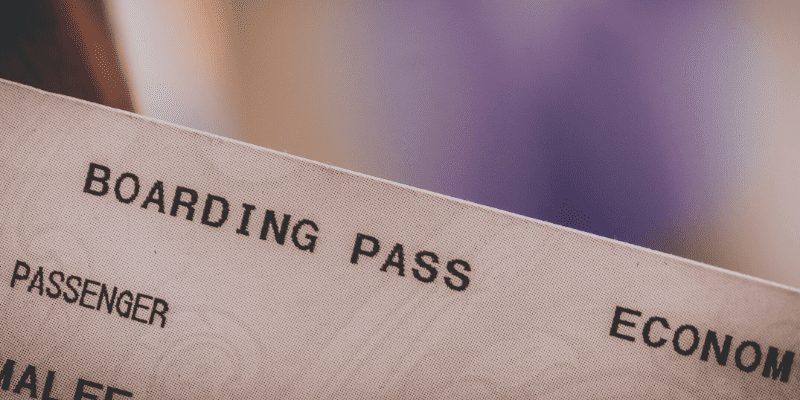
What is a redress number?
A redress number is a unique seven digit identifier issued by the TSA that helps verify traveler identity and prevent travelers from being misidentified. More accurately, a redress control number (RCN) is actually a case number referring to a passenger’s application for redress through the DHS TRIP program.
The DHS TRIP program provides a means for travelers to potentially reduce misidentification. The Department of Homeland Security Traveler Redress Inquiry Program (DHS TRIP) helps travelers clarify their identity with the Transportation Security Administration (TSA) so that they are no longer confused with actual watch list members.
In plain terms, the redress program is designed to assist travelers who may be incorrectly identified as someone on the TSA Watch List. By way of reminder, the TSA Watch List is a database of potential people who have been deemed a potential travel risk. It is different than the No Fly List which is a list of people who are explicitly banned from traveling.
In other words, a redress control number is a way for a traveler to say, “Hey, I’m not a bad guy, you are confusing me with someone else. Please stop hassling me at security checkpoints!”
If a traveler regularly finds themselves selected for additional screenings it is possible that they are being incorrectly identified by the TSA as someone on the TSA Watch List. Applying for redress through the DHS TRIP program may improve the traveler experience.
What does redress mean?
Redress means to remedy or set right, at least according to Merriam-Webster. In the context of air travel, it refers to a traveler’s ability to clarify their identity to the TSA so that their security checkpoint experience at airports and ports of entry is improved.
Do you need a redress number?
Most travelers will not need a redress case number. However, travelers who often find themselves selected for additional screening at airports and border crossings, regularly get the code SSSS on their boarding pass, are denied boarding, are unable to even print a boarding pass, or consistently have problems getting through federal security checkpoints and ports of entry could be incorrectly identified as a security risk. These travelers may need to apply for redress and if approved, obtain a redress control number.

When should you get a redress number?
Travelers should consider getting a redress control number if they find themselves consistently selected for additional security screenings, denied boarding on flights, or generally have trouble going through airport security screenings or ports of entry into the United States.
How do I get a redress number?
Travelers can apply for redress by submitting an inquiry to the Department of Homeland Security Traveler Redress Inquiry Program (DHS TRIP). This program can help in providing resolution for passengers who believe they are incorrectly identified as a potential travel threat.
Passengers wishing to file a DHS TRIP inquiry must visit the DHS website and complete an online form. The form (sample snippet provided below) requires affected passengers to provide some information about the travel experience(s) in question as well as personal information and documentation regarding their identity including a government-issued ID with a photo.
Within 30 days after submitting an application for redress, travelers must provide any applicable supporting documentation including copies of government IDs, etc.
Upon submission of an application for redress, travelers will be issued a redress control number regardless of how the redress inquiry turns out.
Travelers should use the redress control number to track the status of their redress inquiry and can visit the DHS TRIP “status” page for the current status of their redress case.
There are various reports about how long the redress process formally takes ranging from less than 30 days to 6 months to 50 days. The reported official answer from DHS is 50 days. However, as Lucky from OneMileAtATime reported back in 2017 his redress case was completed in a little less than 30 days.
Frequently Asked Questions about Redress Control Numbers (RCN)
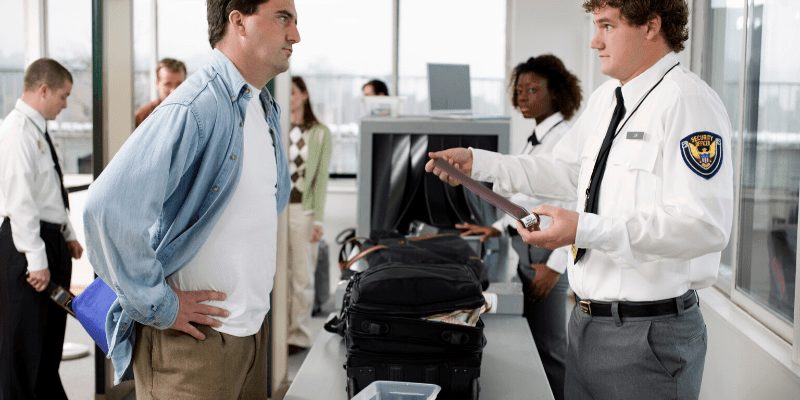
In this section are numerous frequently asked questions (FAQs) about the DHS Redress Inquiry program.
How long does a redress case take?
There are various reports about how long the redress process formally takes ranging from less than 30 days to 6 months to 50 days. The reported official answer from DHS is 50 days. However, as Lucky from OneMileAtATime reported back in 2017 his redress case was completed in a little less than 30 days.
Does everyone have a redress control number?
No. In fact, most travelers will not have or need a traveler redress number. Travelers who consistently experience delays in security screenings at airports, train stations, and other ports of entry may be incorrectly identified by the TSA.
Completing a DHS TRIP redress inquiry may be the best way to clarify your identity to the TSA and improve your travel experience.
What is the difference between redress and known traveler?
A known traveler is an active participant in one of the known traveler programs such as TSA PreCheck, Global Entry, SENTRI, etc. Known travelers will be issued a Known Traveler Number or KTN.
The redress program is separate and unrelated to the known traveler program. Travelers who apply for redress consideration will be issued a redress control number. This number is separate and unrelated to a known traveler number.
Is a redress number the same as TSA PreCheck?
No. TSA PreCheck is a separate traveler program designed to expedite the security screening process for known travelers. It has nothing to do with the redress program.
If I have SSSS on my boarding pass do I need to get a redress control number?
Not necessarily. SSSS is a code indicating a traveler has been selected for secondary screening. Occasionally travelers will receive this code on their boarding pass for a variety of reasons including same-day air travel/booking, unusual travel patterns, randomly and of course, if the traveler is actually on a watch list.
Getting SSSS on a boarding pass once or twice or occasionally does not mean you need to fill out a DHS TRIP redress inquiry.
Getting it EVERY time you travel IS a good indicator you may need a redress control number.
How many digits is a redress number?
A redress control number (RCN) is seven digits long.
Can foreign nationals apply for a redress number?
Yes. Foreign nationals and non-US citizens can apply for a redress number. The redress control program is not limited to US citizens.
How do I add my redress number to my flight or travel profile?
Travelers must add their redress control number to their airline profile. When booking future flights the redress control number will be automatically added to the reservation and included on boarding passes. For existing reservations, it may be necessary to contact the airline to have a redress control number added to the reservation. Consult your airline for more details.
An example of where to add a redress control number for Delta Airlines is shown below using a Delta SkyMiles account (personal information blacked out) as an example. Each airline provides the ability for a traveler to include a redress control number in their profile.
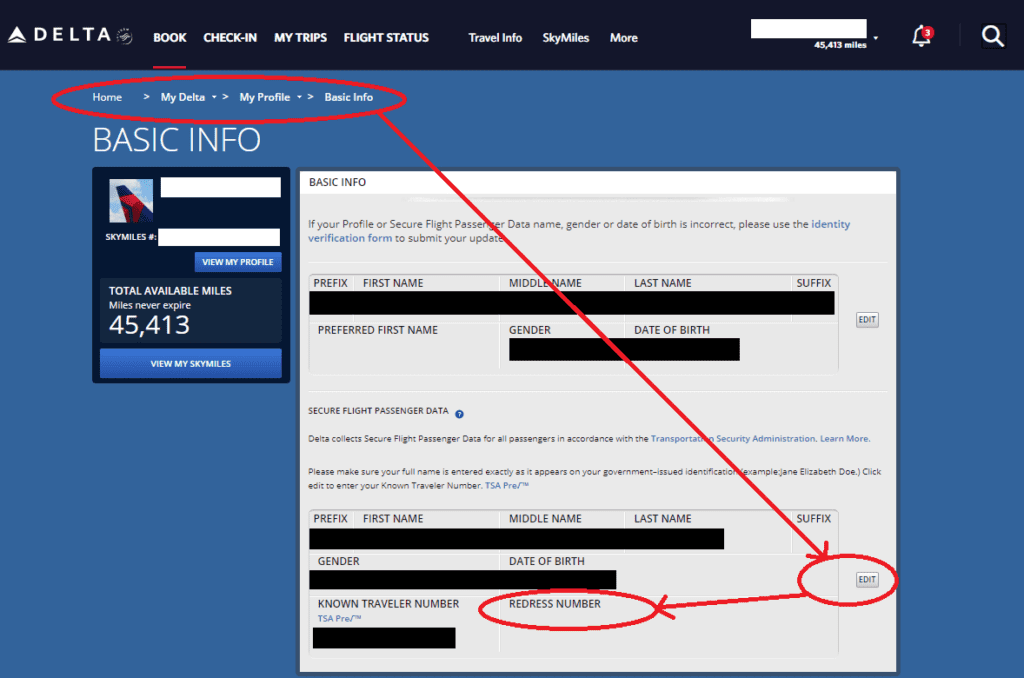
If I have a redress control number will I still be stopped for additional screening?
Possibly. While the redress inquiry program is designed to remove inconsistencies between a traveler’s identity within the Secure Flight program it is still possible that travelers with redress control numbers may occasionally be subjected to secondary screening.
However, with a redress case number, the number of instances of additional screening or security delays will likely be significantly reduced.
What is the Redress Number?
The redress number is a unique 7-digit identifier issued by the Transportation Security Administration that helps verify traveler identity and prevent travelers from being misidentified. More accurately, a redress control number (RCN) is a case number referring to a passenger’s application for redress through the DHS TRIP program.
Redress number definition
A redress number is a unique identifier issued by the Transportation Security Administration that verifies traveler identity and prevents travelers from being misidentified. More accurately, a redress control number (RCN) is a case number referring to a passenger’s application for redress through the DHS TRIP program.
Where can I find my redress number on global entry card?
You can’t. The two programs are unrelated. A redress number is a 7-digit case number issued by the TSA that helps identify a traveler who may have been misidentified and thus subject to additional screening. This program has nothing to do with the Global Entry program which provides expedited customs screening at airports.
What is my airline redress number?
There is no such as an airline redress number. Instead, the Transportation Security Administration can issue travelers a redress control number which is a 7-digit case number indicating they’ve applied for redress through the DHS TRIP program. Airlines, however, will allow travelers to enter their redress number (if they have one) during the booking process.
What’s a redress number?
The redress number (sometimes called a DHS redress number) is a unique 7-digit identifier issued by the Transportation Security Administration that helps verify traveler identity and prevent travelers from being misidentified. More accurately, a redress control number (RCN) is a case number referring to a passenger’s application for redress through the DHS TRIP program.
Redress number passport / passport redress number – is there any relation?
Travelers occasionally ask where they can find their redress number on their passports. Unfortunately, you cannot find a redress number on a passport. The two programs are unrelated. A redress number is a 7-digit case number issued by the TSA that helps identify travelers who’ve been misidentified and subjected to additional unnecessary screening. Travelers can apply for redress via the DHS’ TRIP program and receive a redress number to use when booking flights. A redress number will never show up on a passport.
Key Links
Here are several key links related to redress case numbers, the DHS TRIP program, and related travel security websites:
- CLEAR
- DHS TRIP Program Overview
- DHS TRIP Application
- Transportation Security Administration
- Department of Homeland Security
- TSA PreCheck
- Global Entry
- No Fly List
- Secure Flight Program
- 9 Travel Security Tips for Safer Travel
- 9 Hotel Security Tips
- How to travel with a firearm
- 7 Cyber Security Travel Tips
- SENTRI
- FAST
- Nexus
- TSA Food Rules
Thanks for the visit
Did we answer your question: What is a redress question? We hope so! Thanks for stopping in and learning a bit more about the redress number program from the Transportation Security Administration. As always, happy traveling!
Pin me for later:
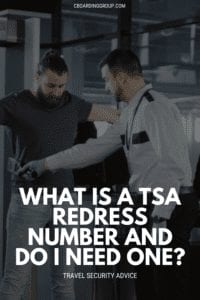
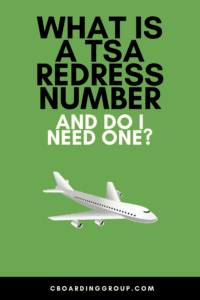
Here are several other TSA Redress number questions and topics this blog post addresses:
- Redress number global entry – is there a connection?
- Redress number military – do military members have a redress number?
- What’s a redress number?
- Redress number meaning?
- TSA PreCheck redress number – are they related?
- Global Entry redress number
- Known Traveler Number vs Redress Number
- Redress Number vs Known Traveler
- Redress number TSA
- What does redress number mean
Redress number vs Known Traveler Number
A known traveler is an active participant in one of the known traveler programs such as TSA PreCheck, Global Entry, SENTRI, etc. Known travelers will be issued a Known Traveler Number, or KTN. The redress program is separate and unrelated to the known traveler program. Travelers who apply for redress consideration will be issued a redress control number. This number is separate and unrelated to a known traveler number.
As readers can now tell, there’s a fair amount of confusion regarding what is redress number and how it applies to travel. We trust this post has helped clear up some of those misunderstandings.
Affiliate Disclosure: As an Amazon Associate I earn from qualifying purchases. I may also earn commissions from other affiliate programs as applicable.

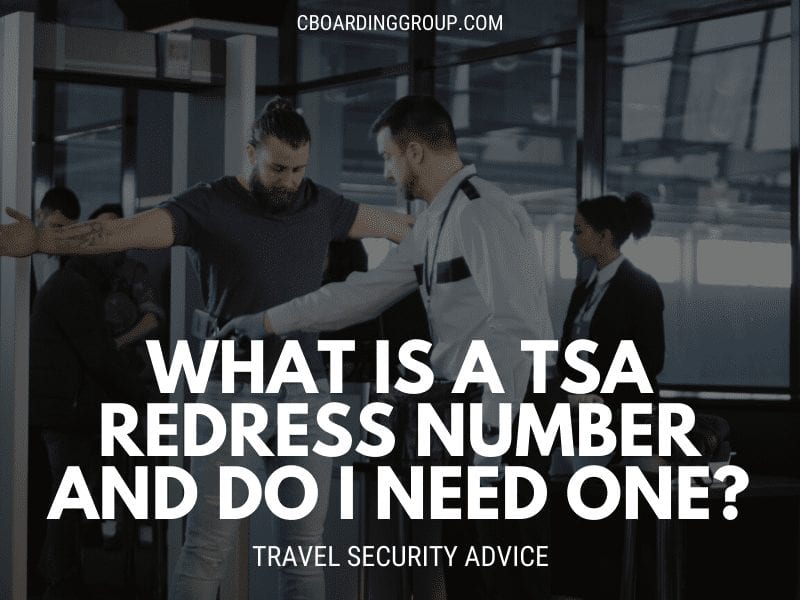
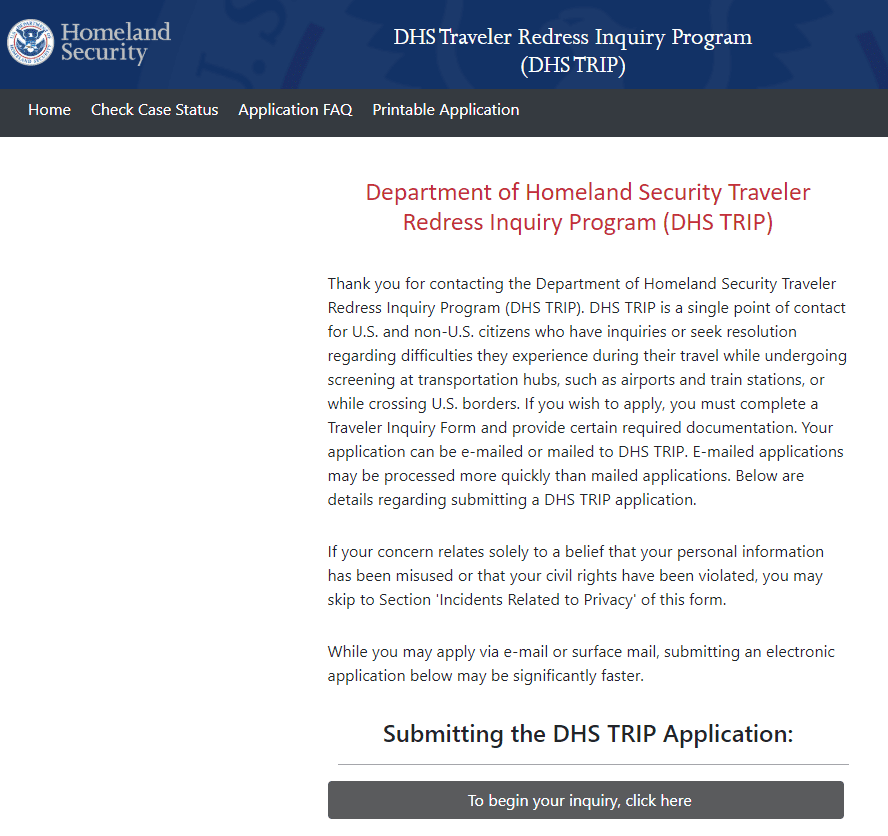
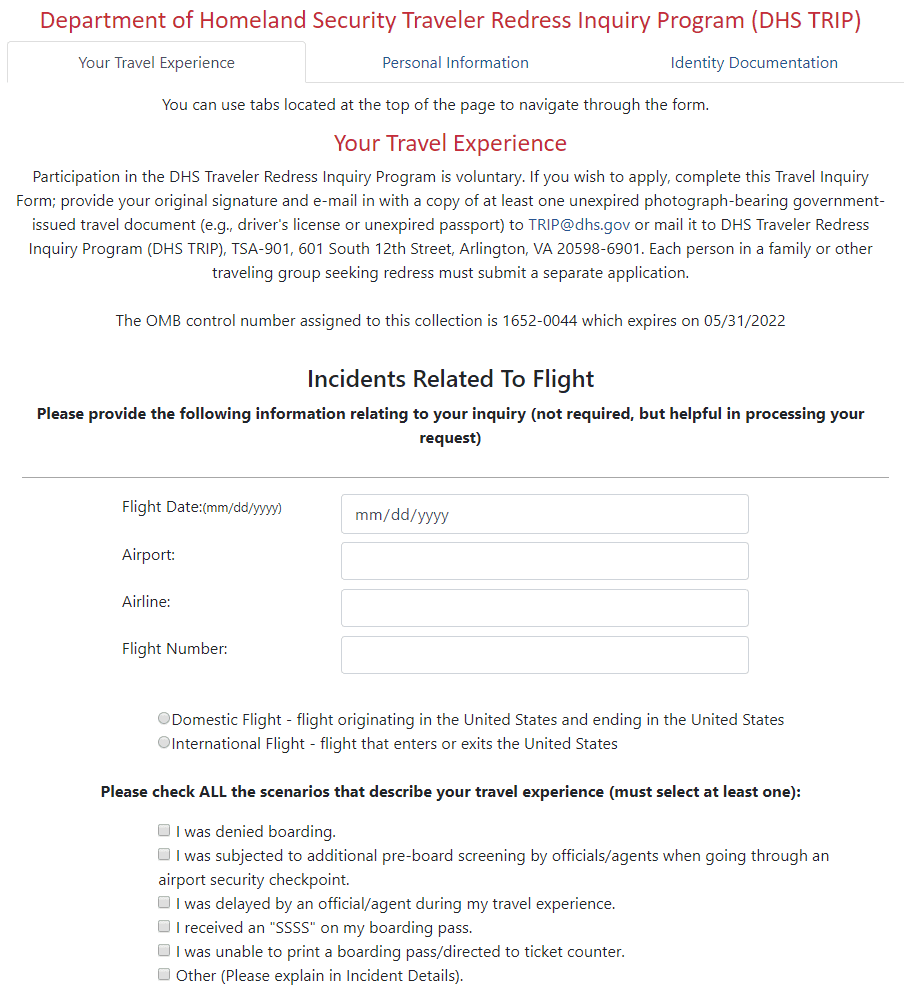
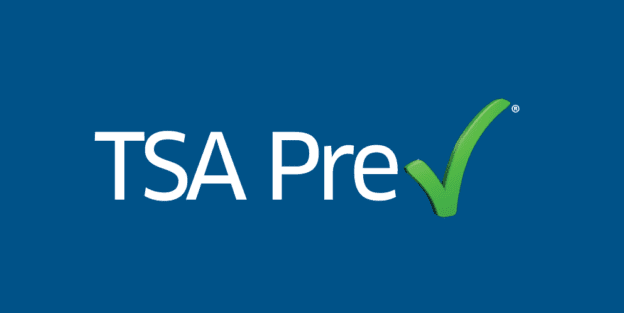
2 comments
WHAT THE HELL IS ALL THIS
You might want to run a spell check. Merriam-Webster is misspelled above in the What does redress mean section.